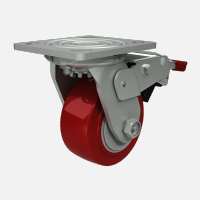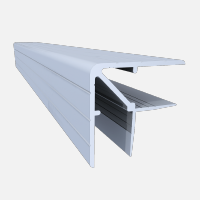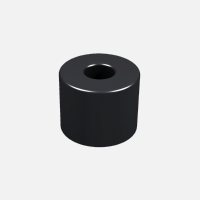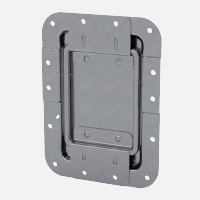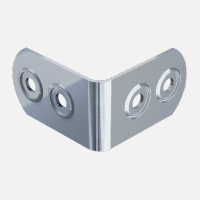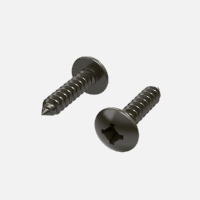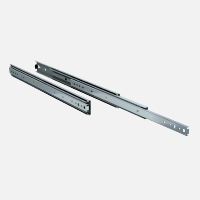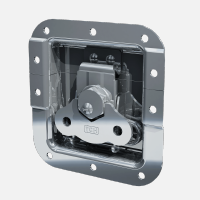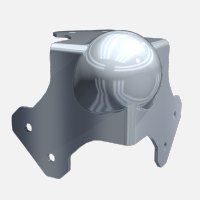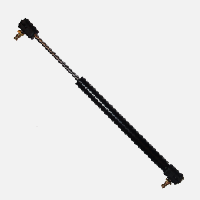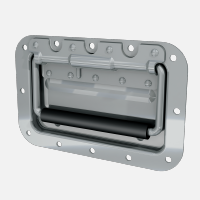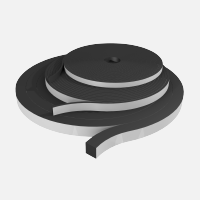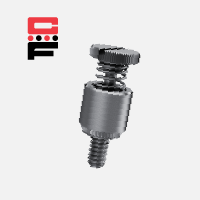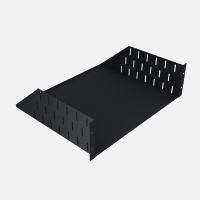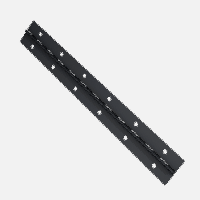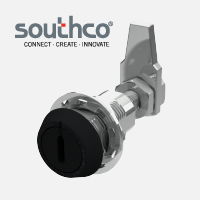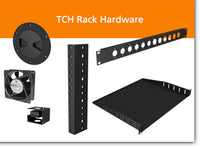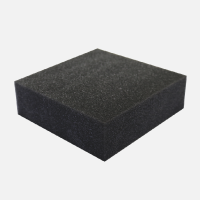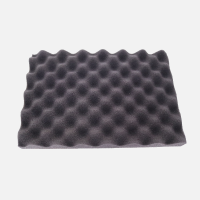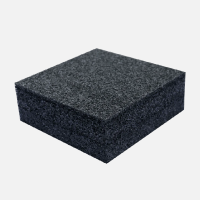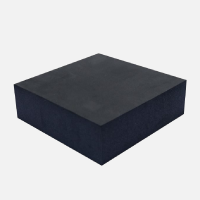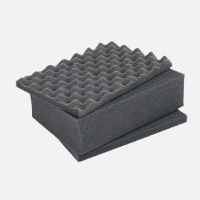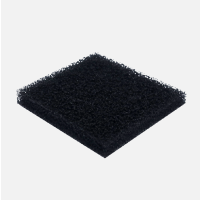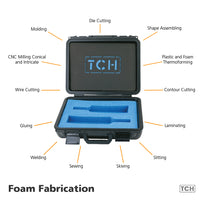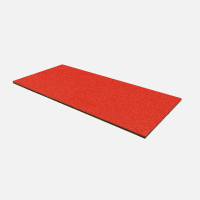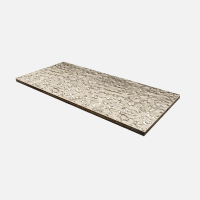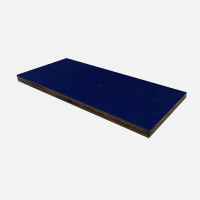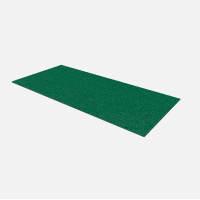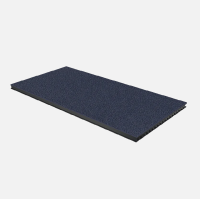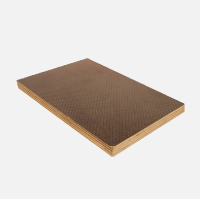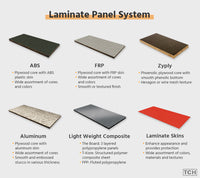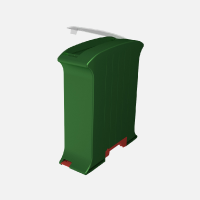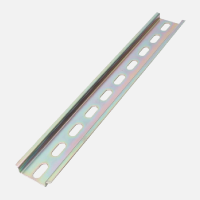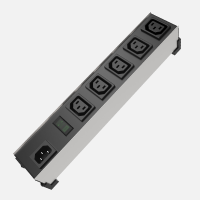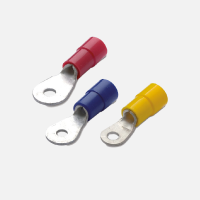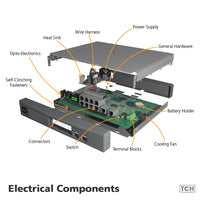When designing a space with sound control in mind—whether it’s a music studio, office, gym, or commercial facility—understanding the difference between acoustic foam and soundproofing foam is essential. These two materials may seem interchangeable at a glance, but they serve very different roles in sound management. Choosing the wrong one can lead to ineffective results and wasted investment.
Acoustic foam is all about improving how sound behaves inside a room. It helps reduce echo, reverb, and mid-to-high frequency reflections. On the other hand, soundproofing foam is built to block noise transmission, preventing sound from entering or leaving a space. Businesses seeking sound control in Canada often invest inacoustic foam panelsfor internal sound treatment, while soundproofing materials are used when complete isolation is required. Here's a breakdown of the key differences.
1. Purpose and Functionality of Acoustic Foam vs. Soundproofing Foam
The first and most significant difference lies in their purpose. Acoustic foam is designed to absorb sound waves. It minimizes reverberations and echoes by controlling how sound reflects off surfaces like walls, ceilings, and floors. This makes it the preferred material in settings like podcast studios, boardrooms, and broadcast facilities where clarity is crucial.
On the other hand, soundproofing foam is made to block or contain sound. It prevents sound waves from passing through walls or other surfaces. It doesn’t treat sound within the room—it isolates it. In businesses where confidentiality or noise control is critical, such as therapy offices, hotel rooms, or shared walls in urban areas, soundproofing is the go-to option.
2. Material Composition: Reticulated Foam vs. Dense Barriers
Material choice plays a big role in how each foam performs. Acoustic foam is typically made from open-cell polyurethane or melamine, also known asreticulated foam. Its porous structure allows sound waves to enter and dissipate inside the foam. The unique design is perfect for absorbing sound rather than blocking it.
Soundproofing foam, in contrast, is made from high-density materials. These often include mass-loaded vinyl, rubber, fiberglass composites, or specialized closed-cell foams. These materials are heavy and non-porous, designed to reflect or trap sound energy instead of allowing it to pass through.
The distinction is critical. Using reticulated acoustic foam to block sound between two rooms will not work—it’s not dense enough. Similarly, using dense soundproofing foam to reduce echo will likely have little effect inside a room.
3. Installation Locations and Methods
Acoustic foam panels in Canada are widely used because of how simple they are to install. They come in various shapes like pyramids, wedges, and panels, and can be applied directly to walls or ceilings using adhesives, clips, or even double-sided tape. They’re lightweight, often visually appealing, and are easy to reposition or replace.
Soundproofing foam installation, on the other hand, is more complex. These materials are heavier and often need to be embedded within walls, ceilings, or floor assemblies. They typically form part of a multi-layer soundproofing system, sometimes including additional drywall layers, green glue, or decoupling channels. This makes soundproofing a more permanent solution that usually requires structural work or planning during construction or renovation phases.
4. Acoustic Treatment vs. Noise Isolation
This is where many people get confused. Acoustic foam treats the acoustics within a room—it enhances sound quality by reducing echo, flutter, and resonance. It doesn't keep sound in or out. Instead, it makes the internal sound clearer and more controlled.
Soundproofing foam isolates sound—it ensures that what happens in one room stays in that room. It’s about preventing disruption between spaces. In a commercial setting, this could mean preventing noisy HVAC equipment from disturbing office workers or ensuring private conversations in one boardroom aren’t overheard next door.
Both play important roles, but they are not interchangeable. Acoustic foam helps with sound clarity, while soundproofing foam focuses on sound containment.
5. Cost and Use Cases for Acoustic Foam Panels in Canada
Acoustic foam is often more affordable and accessible, making it a suitable choice for businesses seeking quick and effective sound treatment. Because installation is simple and costs are relatively low, acoustic foam panels are widely used in Canada in home offices, training rooms, schools, gyms, and conference spaces. They’re ideal for reducing echo and improving speech or audio quality without major modifications.
Soundproofing foam is more of an investment. It’s suitable for long-term builds or renovations where complete sound isolation is needed. While the upfront cost is higher, the value it brings to applications like media rooms, data centers, or multi-tenant buildings can justify the expense. The choice often comes down to whether the goal is internal sound quality or external noise control.
Choosing the Right Foam for the Right Job
While both types of foam address sound, their approaches are vastly different. Acoustic foam, made from reticulated foam, is used to manage sound within a room. It’s lightweight, affordable, and easy to apply for spaces that need better acoustics. Soundproofing foam, with its dense material composition, is designed for noise isolation and requires more in-depth installation. Misunderstanding the difference can lead to disappointing results or wasted resources.
For businesses seeking to improve audio clarity, minimize distractions, or comply with noise regulations, selecting the right option between the two is crucial.
Ready to improve sound performance without the guesswork? TCH offers high-quality acoustic foam panels in Canada built for effective noise control and professional performance. Whether it’s acoustic treatment or sound isolation, TCH has the solutions tailored for business environments. Get in touch today to find the right foam for the job.
Also read:
Comparing Acoustic Foam Thickness: Which Option is Right for Your Needs?
